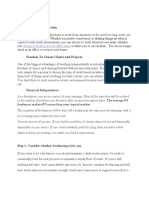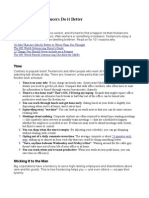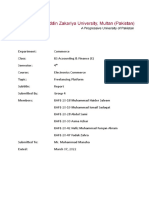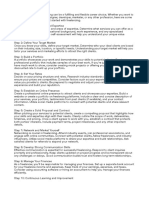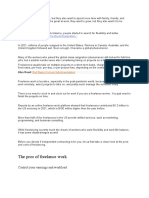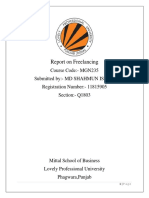0% found this document useful (0 votes)
14 views2 pagesFreelancing Is
Freelancing is a self-employment model where individuals provide services to clients on a project basis, allowing for flexibility in work hours and client selection. Freelancers manage their own business operations, including client acquisition and finances, and often work with multiple clients simultaneously. Key benefits include autonomy, control over work, and the potential for higher earnings compared to traditional employment.
Uploaded by
bp281001Copyright
© © All Rights Reserved
We take content rights seriously. If you suspect this is your content, claim it here.
Available Formats
Download as PDF, TXT or read online on Scribd
0% found this document useful (0 votes)
14 views2 pagesFreelancing Is
Freelancing is a self-employment model where individuals provide services to clients on a project basis, allowing for flexibility in work hours and client selection. Freelancers manage their own business operations, including client acquisition and finances, and often work with multiple clients simultaneously. Key benefits include autonomy, control over work, and the potential for higher earnings compared to traditional employment.
Uploaded by
bp281001Copyright
© © All Rights Reserved
We take content rights seriously. If you suspect this is your content, claim it here.
Available Formats
Download as PDF, TXT or read online on Scribd
/ 2



